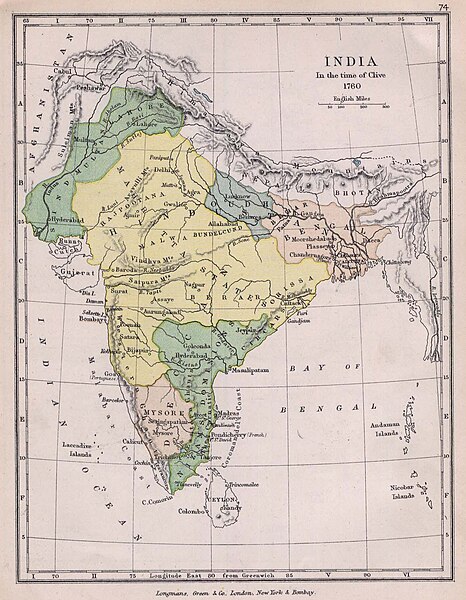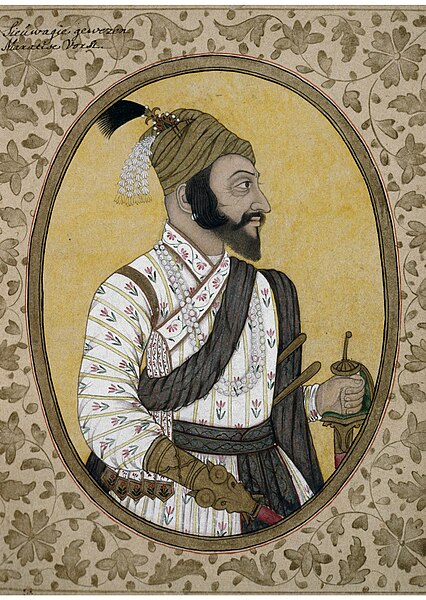The Execution of Sambhaji was a significant event in 17th-century Deccan India, where the second Maratha King was put to death by order of the Mughal emperor Aurangzeb. The conflicts between the Mughals and the Deccan Sultanates, which resulted in the downfall of the Sultanates, paved the way for tensions between the Marathas and the Mughals. Following the death of Shivaji, his son Sambhaji ascended to the throne and conducted several campaigns against the Mughals. Unlike his father, Sambhaji tolerated instances of rape and murder committed by his army during these conflicts. This led Aurangzeb to launch a campaign against the Marathas, resulting in the capture of the Maratha King by the Mughal general Muqarrab Khan. Sambhaji and his minister Kavi Kalash were then taken to Tulapur, where they were tortured to death.
Mughal Forces capture Sambhaji
Aurangzeb
Tulapur stone arch, where Sambhaji was executed
Statue of Sambhaji
The Maratha Empire, also referred to as the Maratha Confederacy, was an early modern Indian empire and later a confederation that controlled large portions of the Indian Subcontinent in the 18th century. Maratha rule formally began in 1674 with the coronation of Shivaji of the Bhonsle dynasty as the Chhatrapati. Although Shivaji came from the Maratha caste, the Maratha empire also included warriors, administrators, and other nobles from the Maratha and several other castes from what is known today as Maharashtra. The Maratha Kingdom was expanded into a full-fledged Empire in the 18th Century under the leadership of Peshwa Bajirao I.
The Maratha Confederacy in 1760, near its peak (Yellow)
Image: Shivaji seal, reproduction
Early Maratha conquests, in Shivaji's and Shahji's time
A portrait of Shivaji I








